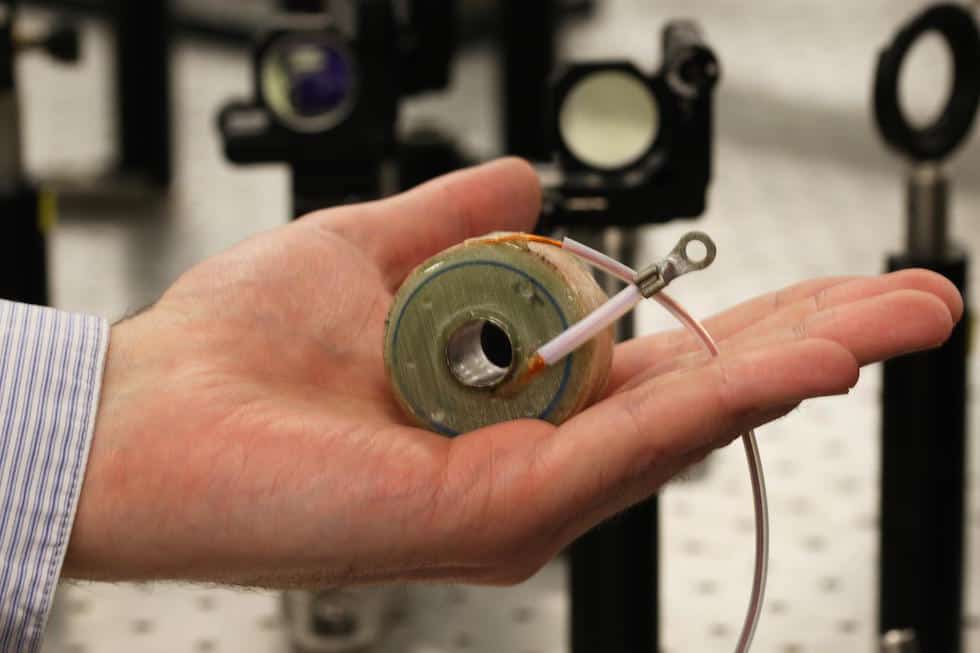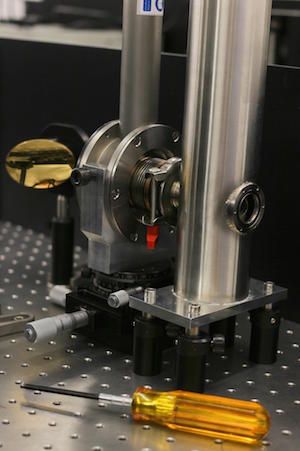The advance means that research into the development of next generation electronic devices employing 2D materials can now be done at most research universities.
Dr Darren Graham and a team of researchers from Manchester University’s Photon Science Institute collaborated with colleagues from Cambridge University and industry partners from Germany to develop the new instrument that overcomes obstacles to the widespread use of a magnetic field technique called cyclotron resonance.

According to the American Institute of Physics, in a magnetic field, charged particles in a material move in circles around magnetic field lines. The orbiting particles interact with light differently depending on properties like their mass, concentration, and on how they move through the material. By shining light on the material in the magnetic field and recording what frequency and how much light is absorbed, scientists can learn about how easily charged particles move.
Some materials require an extremely high magnetic field to get the charged particles to move fast enough to interact with the light, a factor that has hindered the wider uptake of cyclotron resonance.
The new magnet is said to be compact enough for a table-top machine, yet the magnet only generates a field in short pulses that each last for a one hundredth of a second.
"The challenge in doing cyclotron resonance with these pulsed magnets is being able to record your data within the brief time period that the magnet is on," said Ben Spencer, a post-doctoral research associate at Manchester University’s Photon Science Institute. "The breakthrough we have made is in the measurement technique."
Spencer and his colleagues used asynchronous optical sampling to increase the number of measurements during one pulse to around 100. Previous experiments with a similar magnet system were limited to four measurements per pulse.

The team worked with researchers from manufacturers Laser Quantum to incorporate lasers into the new instrument, which are more than 10 times quicker than those found in typical ultrafast laser systems.
The "Taccor" lasers they used run at repetition rates of 1 billion cycles per second, more than 10 times higher than the typical repetition rates for ultrafast laser systems, Spencer said. The fast laser allowed data acquisition times on the order of one ten-thousandth of a second, which meant up to a hundred measurements could be taken during the transient magnet pulse.
The team tested their system by measuring the properties of electrons at the interface of the two semiconductors AlGaN and GaN. Such interfaces could form an important part of new, energy-saving transistors.
Ultimately, the team hopes their new instrument could facilitate rapid progress in many areas of semiconductor device development.
“We’re sure that when people realise that we can do such measurements in the lab they will be lining up to use our instrument. We’ve already been contacted by several groups interested in having measurements made on their samples,” Dr Graham said in a statement.
The researchers describe their work in this paper in the Applied Physics Letters.




Project to investigate hybrid approach to titanium manufacturing
What is this a hybrid of? Superplastic forming tends to be performed slowly as otherwise the behaviour is the hot creep that typifies hot...